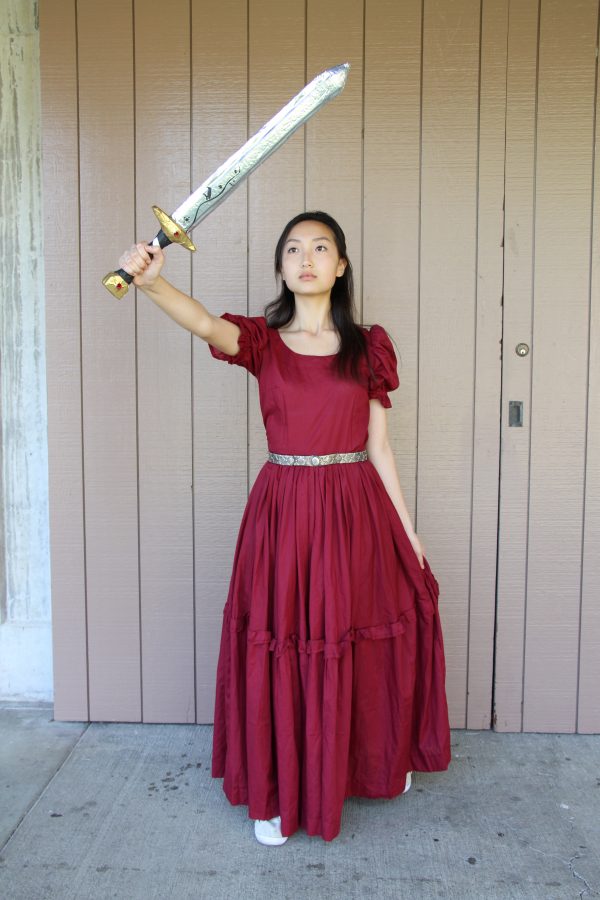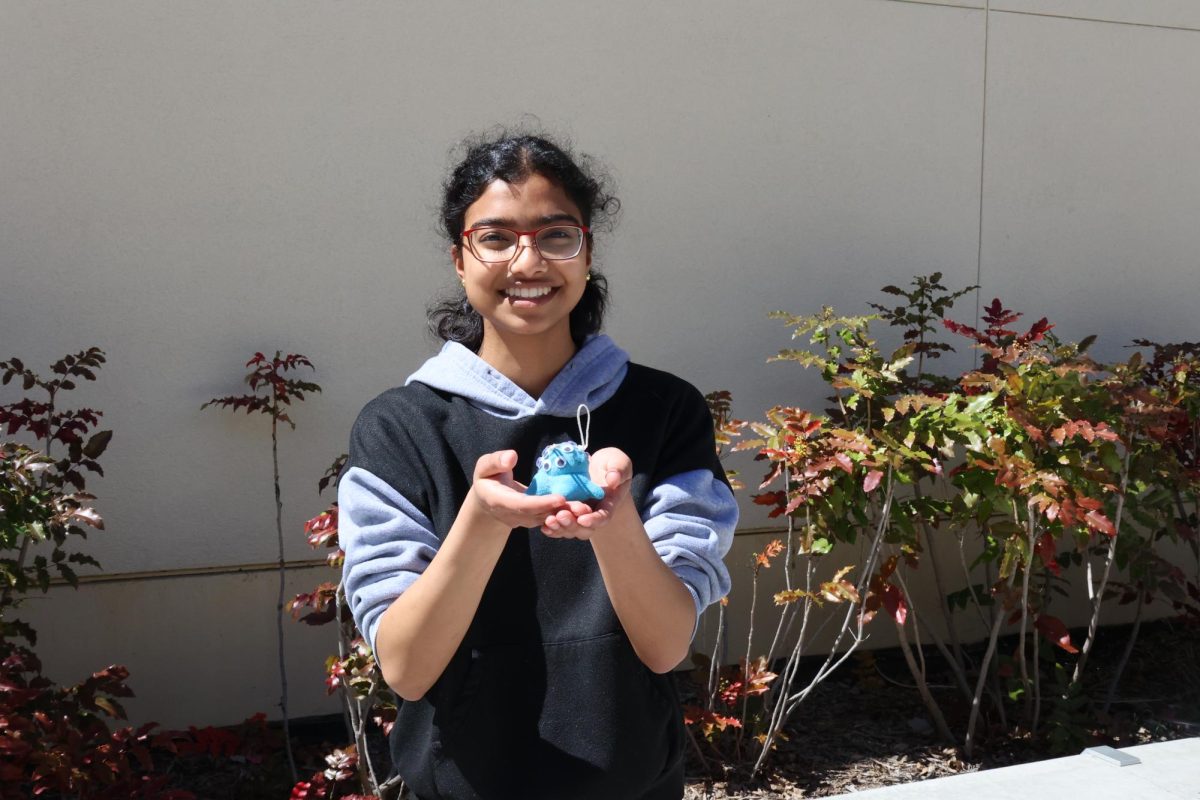By Ariel Pan and Prachi Kale
The line between cosplay and Live Action roleplay (LARP) is a little fuzzy. For many, there is no difference between those who dress up and those who swordfight while dressed up in the park. Cosplay, a blend of the words “costume” and “play,” is the more commonly known activity: fans of comic series and television shows like “Homestuck,” “Naruto” and even “Frozen” don elaborate costumes to portray a fictional character of their choosing, sometimes even acting in character. On the other hand, the lesser-known LARPing is often popular among video game fans—especially those of League of Legends and Dungeons and Dragons—and includes acting out the character’s actions or assigned powers at organized gaming events.
Cosplayers usually gather at regional or international conventions. In 2013, sophomore Audrey Fu attended San Jose’s Fanime Convention dressed as Hatsune Miku. “It was strange having other anime characters come up to me and ask for photos, since cosplaying was still new to me at the time,” Fu said. “But by the end of the convention, seeing people with waist-length pink braids or giant swords seemed pretty normal.” The convention featured arcades, karaoke events and artist alleys where cosplayers sell handcrafted items like jewelry and posters. Fans can attend panels where artists and authors speak about their work. The hungry can drop by “maid cafes,” where waitresses are dressed in the stereotypical costume of French maids, or “manga cafes,” where customers pay for the time they spend reading the extensive comics collections provided for them.
Fu and many others find cosplaying enjoyable because they have the opportunity to dress up as characters they admire. “If you’re usually too shy to dress however you want, you can use cosplaying as an opportunity to dress differently,” Fu said. Despite this, junior Maxwell Li remembers feeling intimidated and lost at his first convention. “I spam-called all my [real-life] friends and probably made them hit their texting limits,” he said. “That’s how hopeless I was at my first convention.” Li’s friends, however, had taken the convention as an opportunity to organize an in-person meet-up with friends they had met online, through their mutual love of certain anime. “I was amazed that friendship could come through that and I was intrigued by it,” Li said. “I ended up becoming good friends with [the online friends] too, and since then I’ve been expanding my web of connections through my interests.”
LARPers have their own events where they meet up to act out their characters. Events are presided over by game masters, who are basically referees of the events. They provide the basic plot and setting for the characters. They also act as judges in the outcomes of characters’ decisions and when necessary, tone down overpowered players.
While cosplay conventions generally highlight attendees’ costumes, LARP events involve more action. Having received news of events via flyers, online bulletins or word of mouth, players gather in character. As the LARPers make decisions for their characters’ storylines, game masters decide the outcome of such decisions and therefore the whole event’s proceedings. “The best part about LARPing is watching everyone take a part in unfolding the story,” sophomore Henry Tschudy said. “It’s not a static story like a book, but fluid and changing based on the players’ actions.”
However, because LARPing often includes actions that mimic fighting, safety is a constant concern. “As soon as someone gets hurt, everything slows down and people are discouraged [from continuing to play],” Tschudy said. Beginning LARPers are advised to prioritize safety over staying in character. “It’s no use throwing yourself into a really advanced storyline before you fully grasp the rules,” he said. “When the rules come naturally, everything gets more fluid.”
Both cosplayers and LARPers go to great lengths to produce intricate, accurate costumes and props, usually made with cloth, wood, fabric paint and other basic materials available in craft stores. More specialty items can be pieced together from sites like Etsy and Spreepicky. For the less skilled or the lazy, websites like eBay, Amazon and Taobao advertise whole outfits. Serious cosplayers and LARPers may even commission professional costume creations.
Li offered a last disclaimer. “You don’t need to be a nerd or something to [cosplay],” he said. “Not much is needed but imagination.”













